Are you tired of feeling like you're not making progress in the pool? Do you want to swim faster, smoother, and with less effort? If so, it's time to dive into the world of stroke correction. In this blog post, we'll explore why stroke correction is crucial for swimmers of all levels and how it can unlock your full swimming potential.
Why Stroke Correction Matters
Efficiency: Proper stroke technique allows you to move through the water with less resistance, conserving energy and improving your overall endurance.
Speed: By refining your strokes, you can increase your speed and performance in the pool, whether you're a competitive swimmer or just swimming for fitness.
Injury Prevention: Correcting flaws in your stroke can help prevent common swimming-related injuries, such as shoulder pain or muscle strain.
Confidence: Mastering proper technique boosts your confidence in the water, making every swim session more enjoyable and rewarding.
Common Stroke Corrections
Freestyle (Front Crawl): Focus on maintaining a straight body position, proper arm extension, and a steady kick to optimize your freestyle stroke.
Backstroke: Work on keeping your body parallel to the water's surface, a consistent arm rotation, and a strong flutter kick for efficient backstroke swimming.
Breaststroke: Pay attention to timing your arm and leg movements, keeping your head in line with your body, and maintaining a streamlined glide between strokes.
Butterfly: Improve your butterfly stroke by emphasizing a powerful dolphin kick, a strong arm pull with a high elbow position, and a coordinated breathing pattern.
How to Improve Your Stroke Technique
Seek Professional Coaching: Enroll in swim lessons or work with a certified swim coach who can provide personalized feedback and guidance on improving your strokes.
Video Analysis: Use underwater video analysis tools to identify areas for improvement in your stroke technique and track your progress over time.
Practice Consistently: Dedicate regular practice sessions to focus on specific stroke corrections, drills, and technique work to reinforce good habits.
Listen to Feedback: Be open to feedback from coaches, peers, and video analyses, and actively work on implementing suggested changes to your strokes.
Conclusion
Stroke correction is not just for elite swimmers—it's a valuable tool for anyone looking to enhance their swimming experience. By addressing and refining your stroke technique, you can swim more efficiently, prevent injuries, boost your confidence, and ultimately enjoy the water to the fullest. So, dive in, embrace the journey of improvement, and unlock your swimming potential through the power of stroke correction.



